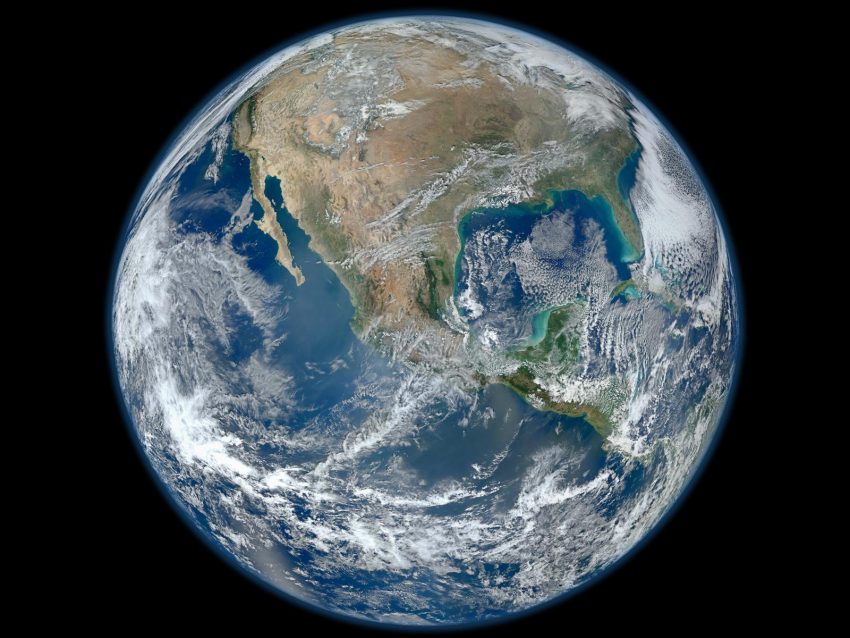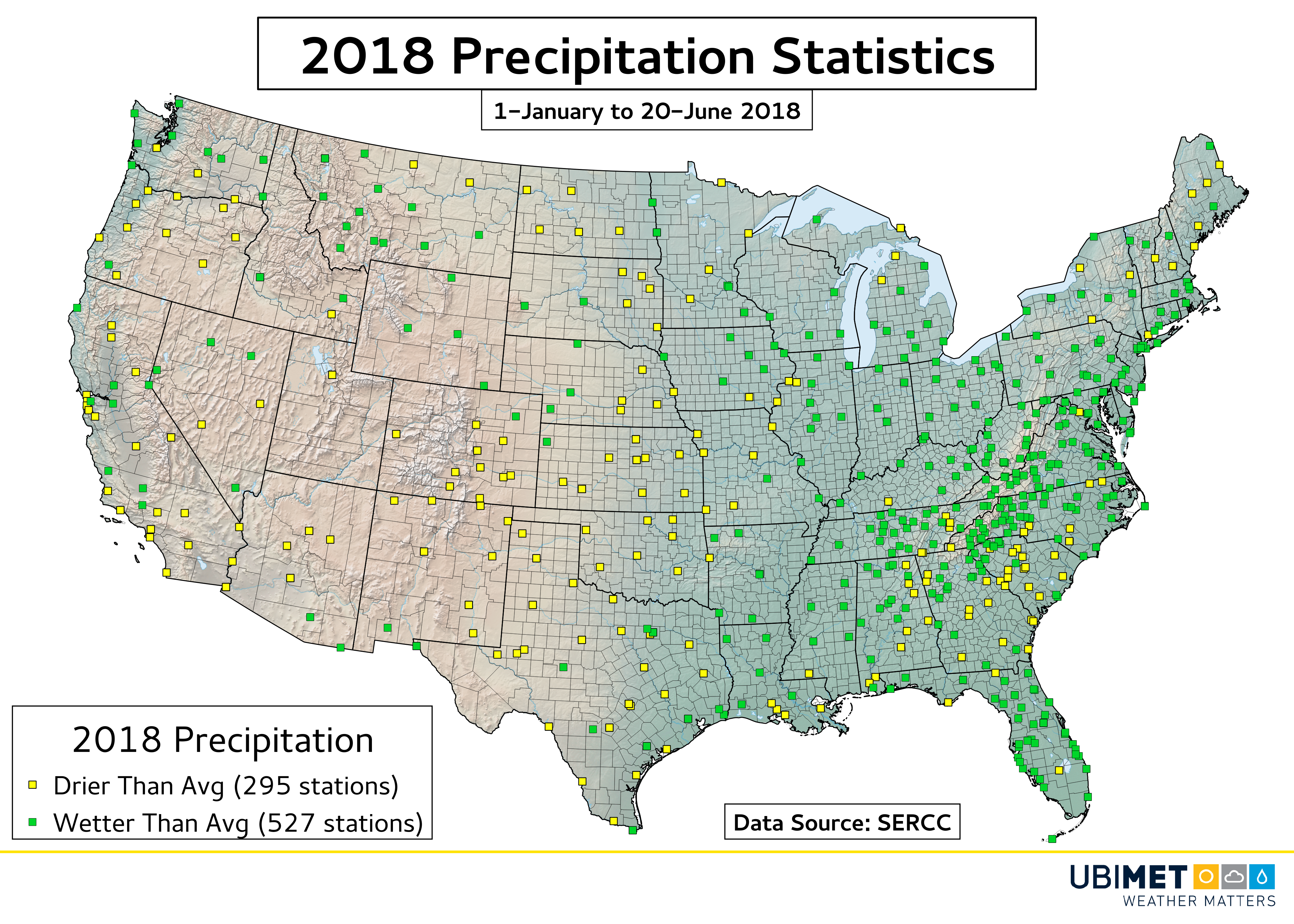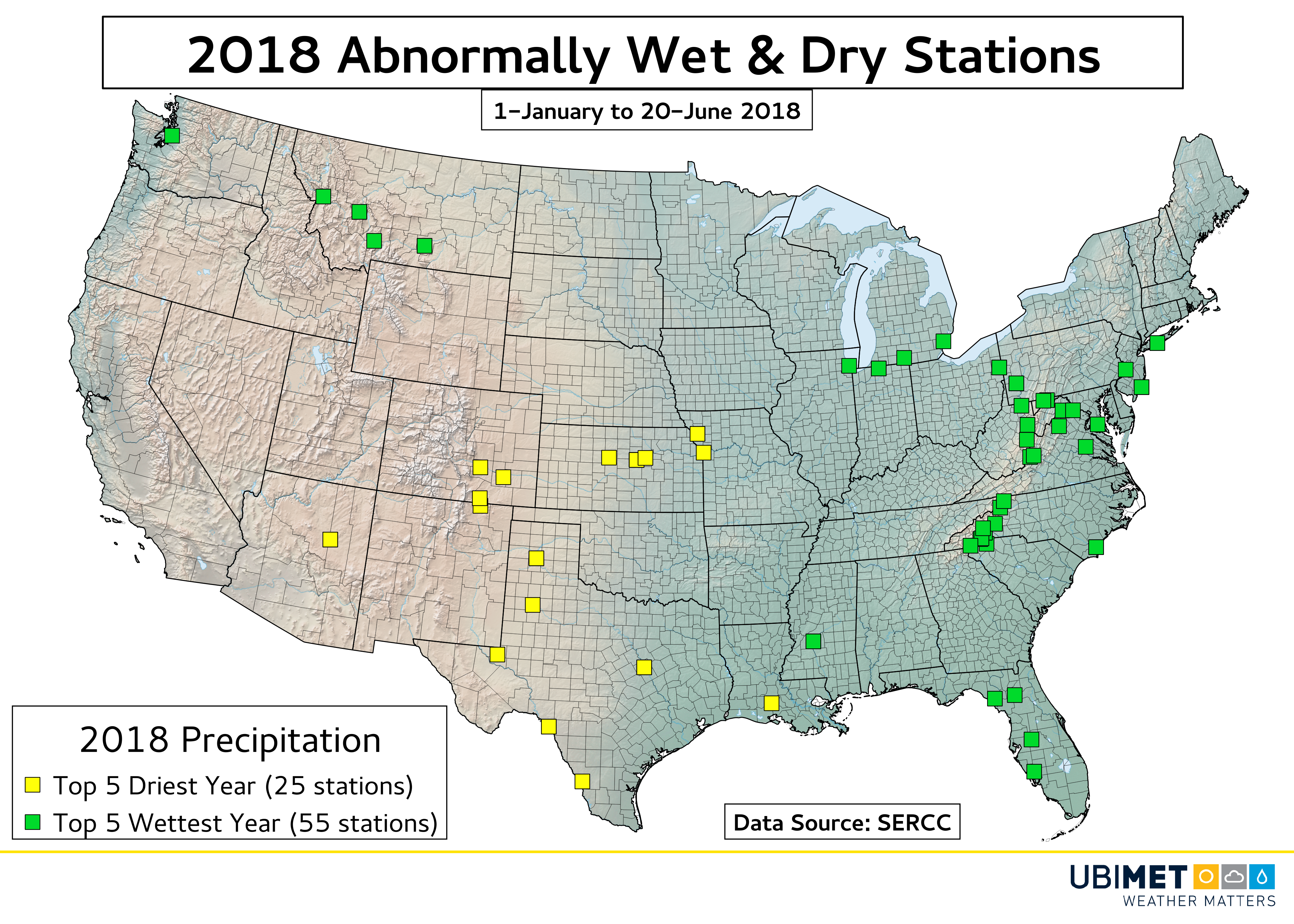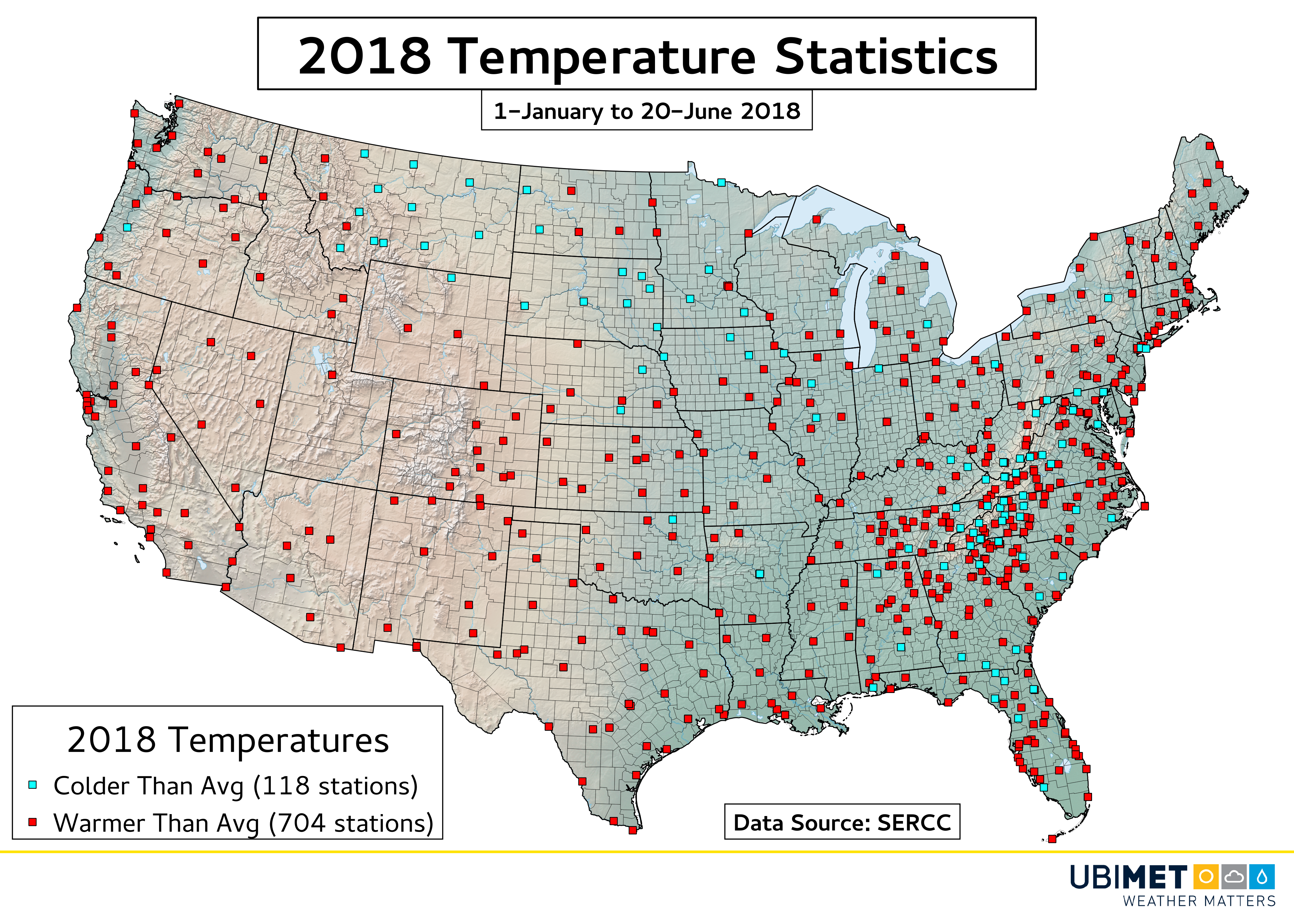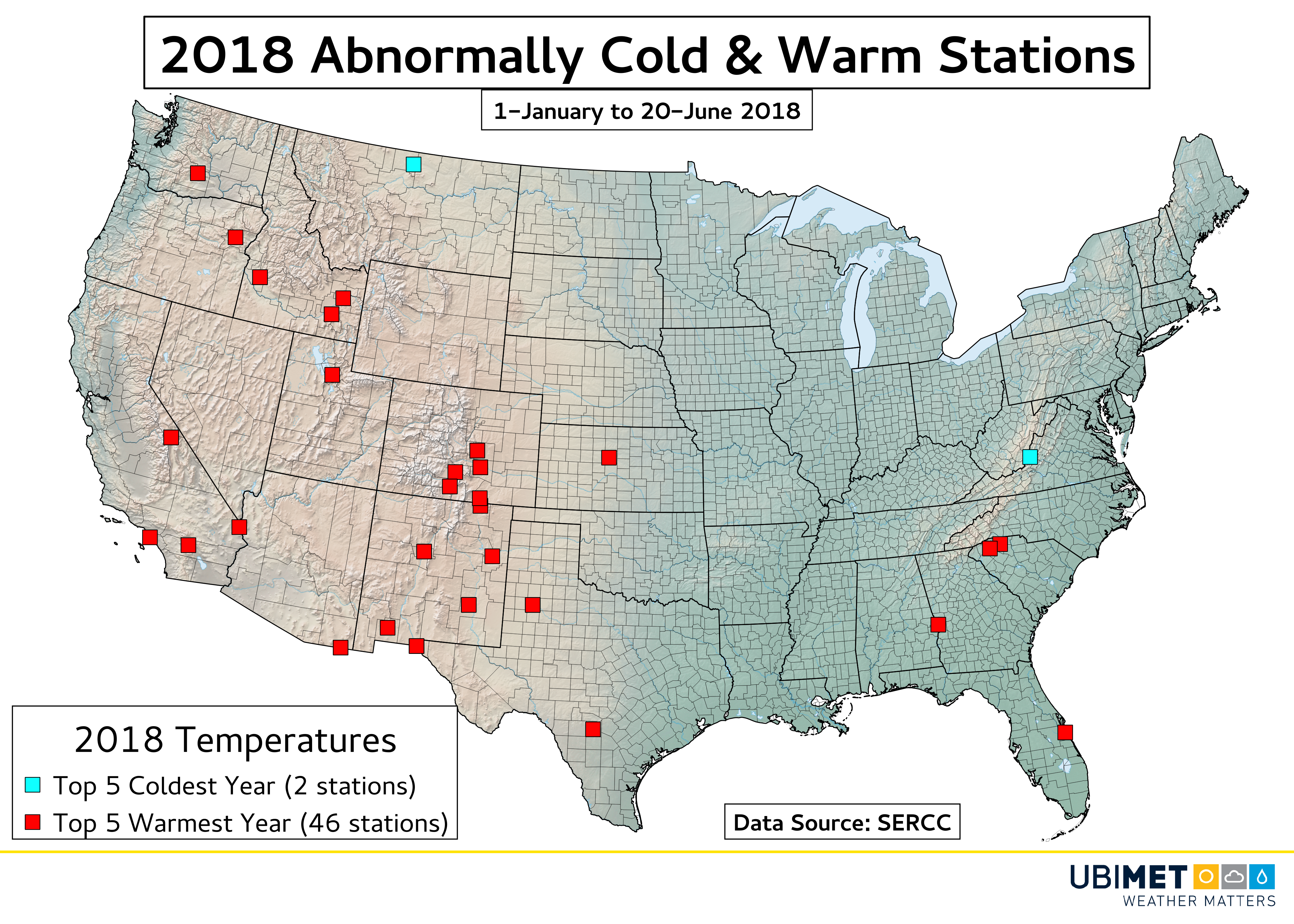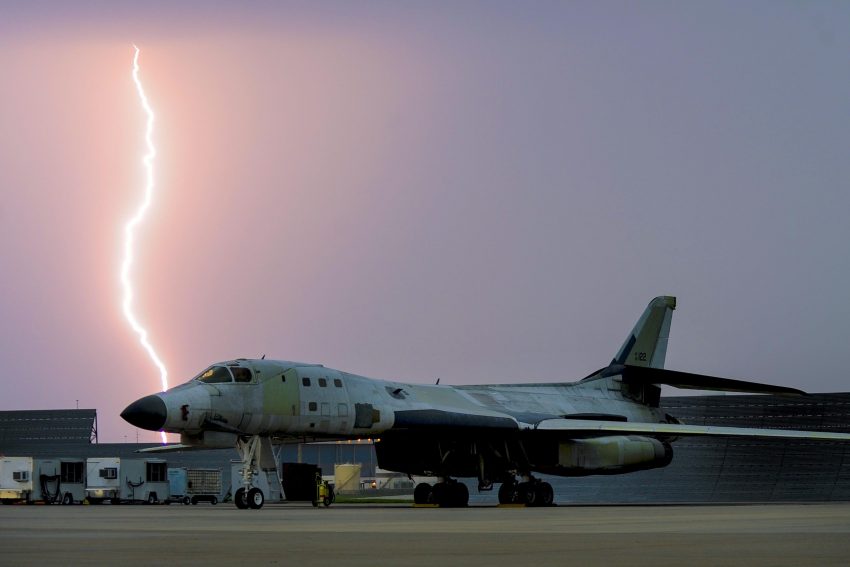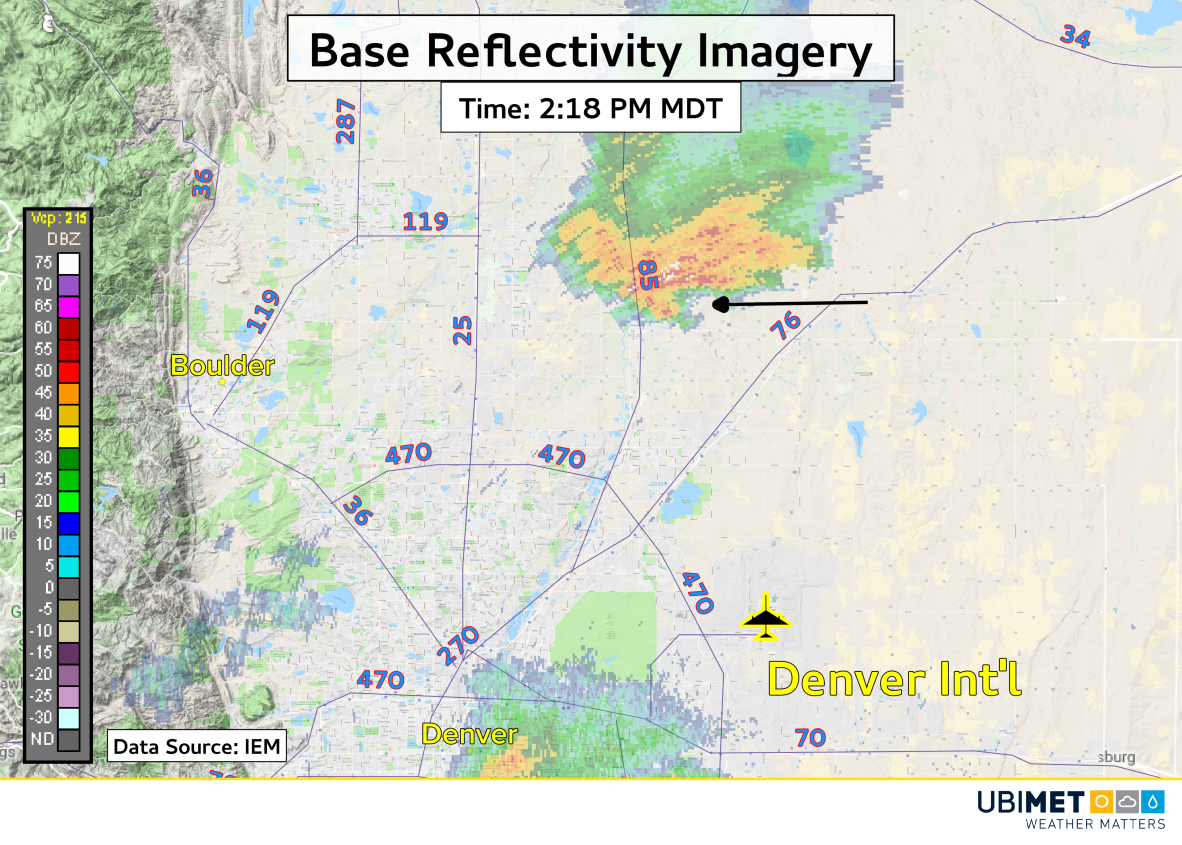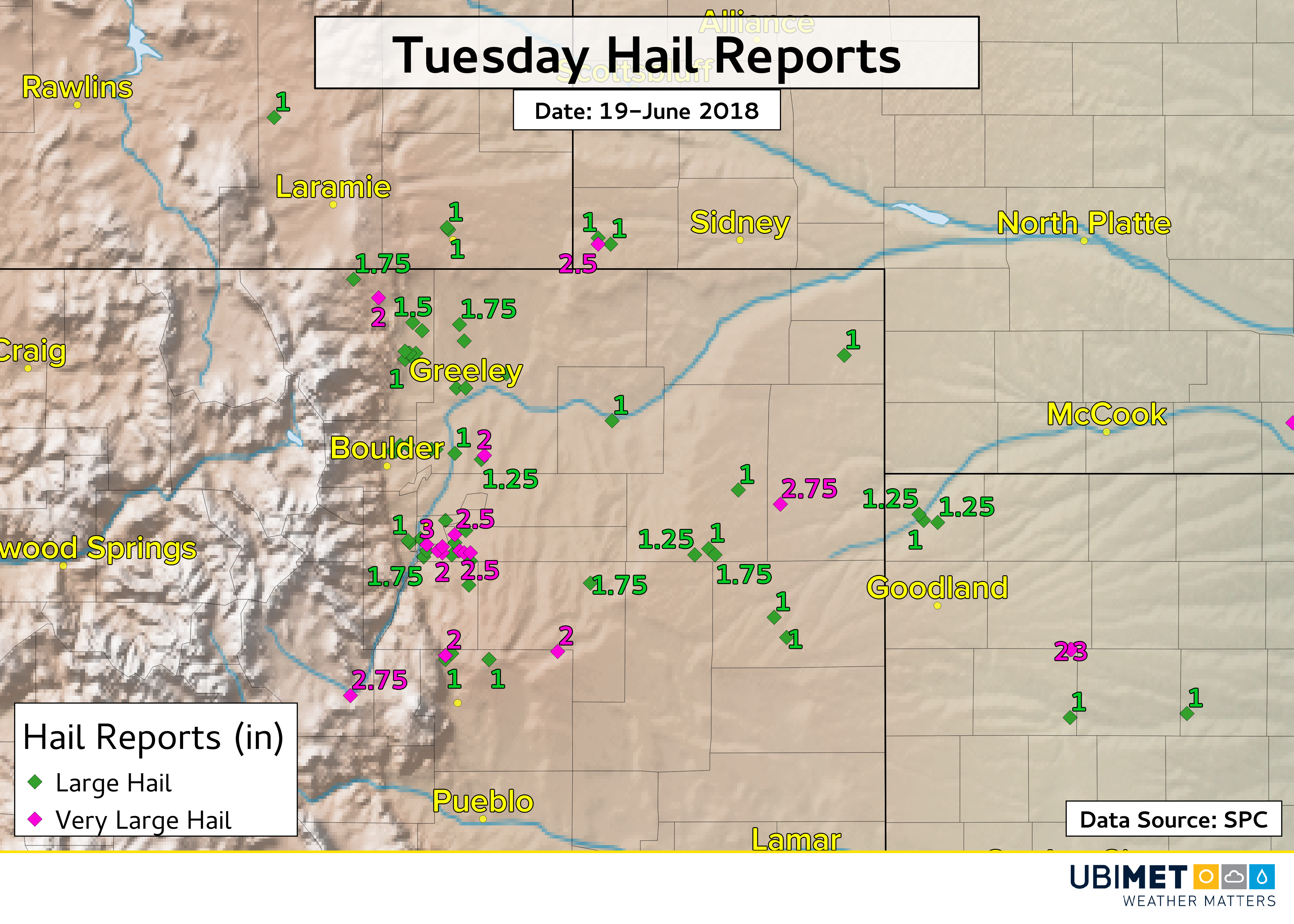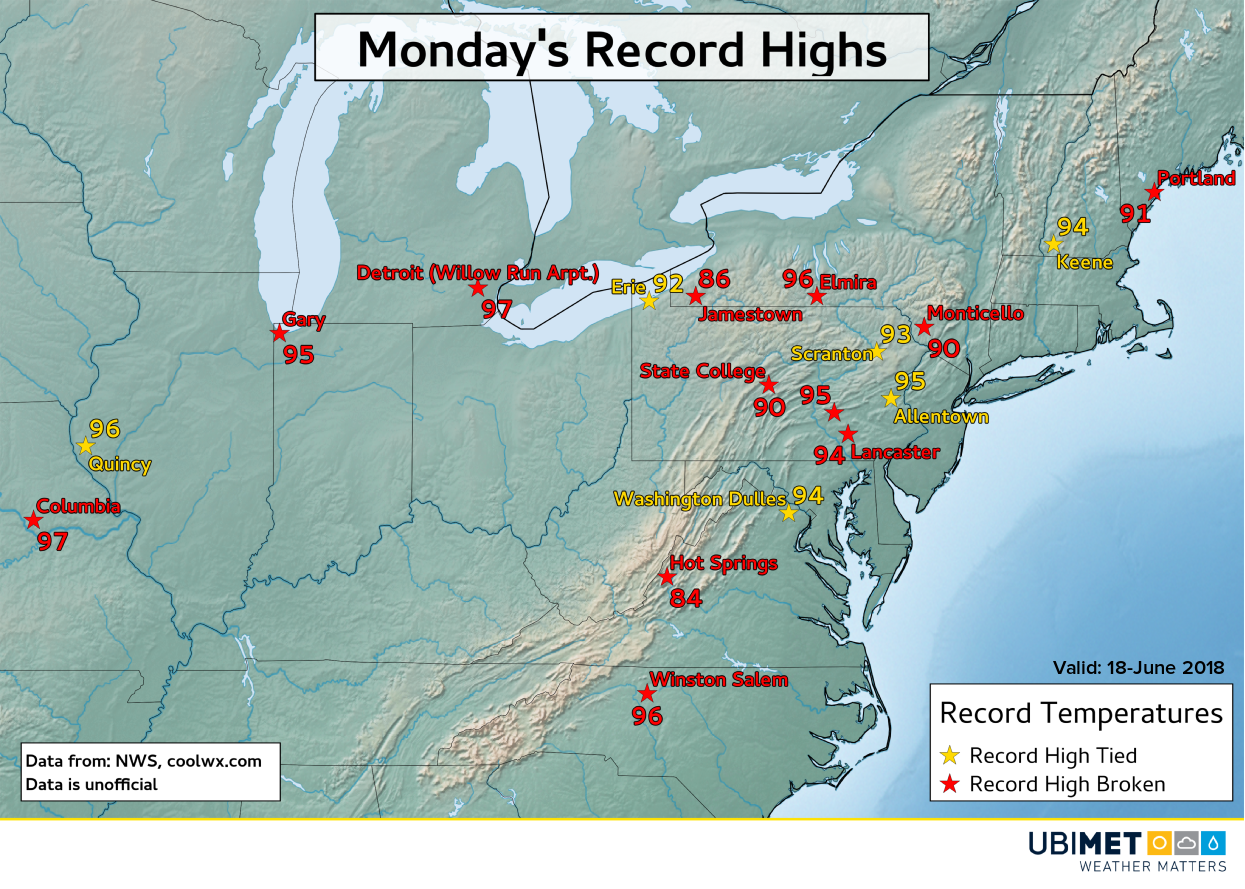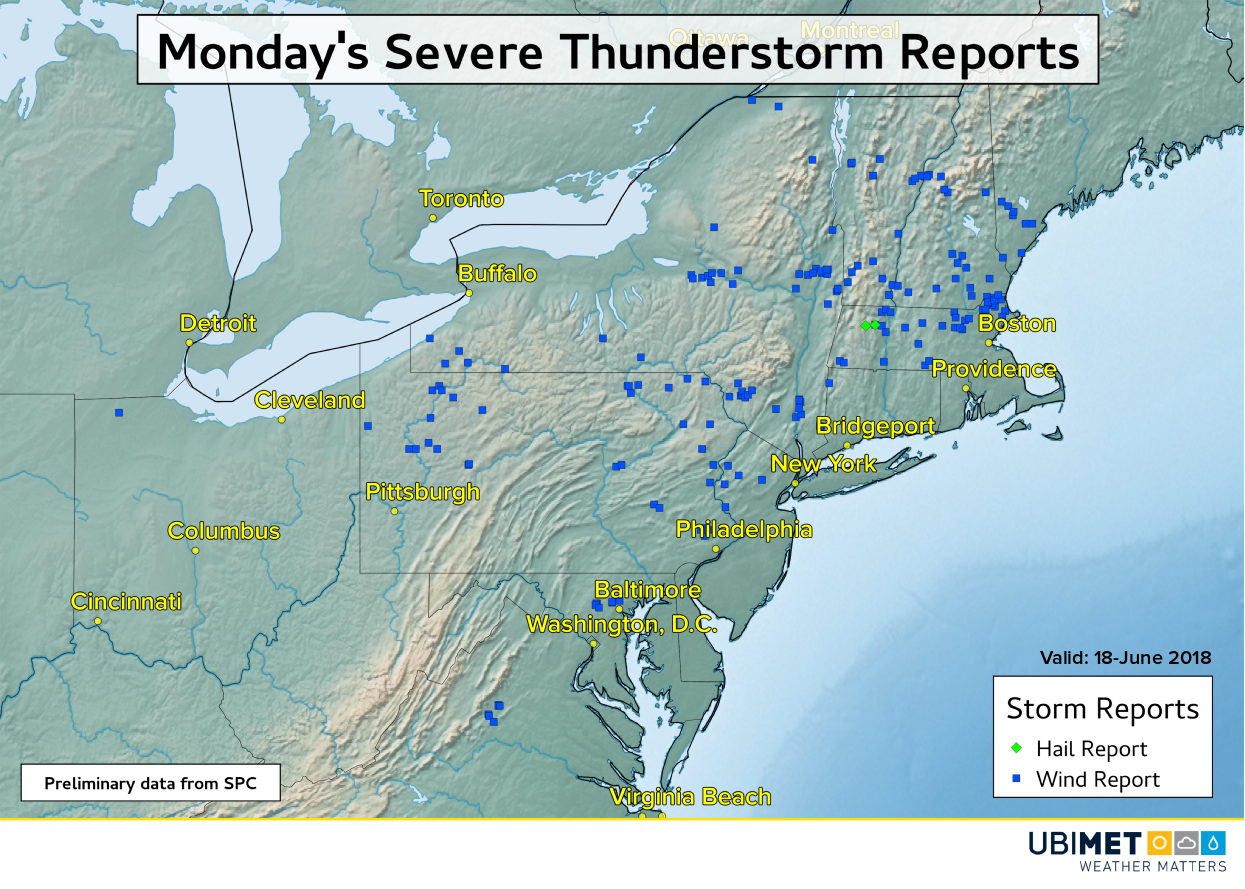Australia Experiences Coldest Week Of Year So Far
The winter solstice arrived in the southern Hemisphere on Thursday, 21-June at 10:07 GMT. For Australia, it was appropriately marked by an unseasonably cold week for many locations.
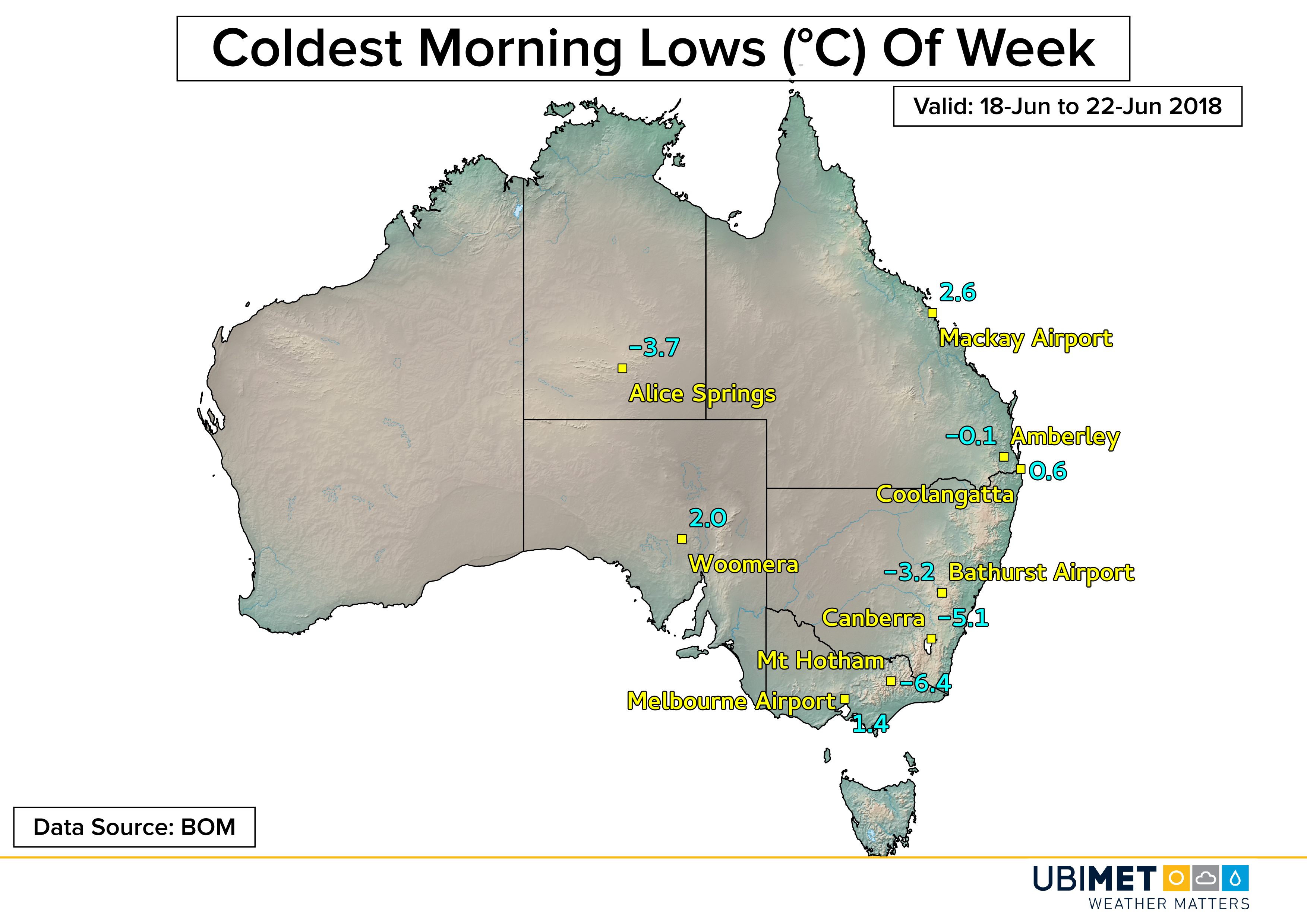
Earlier in the week, a polar maritime air mass drove northward across the eastern half of Australia all the way to the QLD coast thanks in part to a strong storm spinning between NSW and New Zealand.
The Monday morning low at Coolangatta, Queensland bottomed out at just 0.6°C setting a new monthly record low temperature for June. The temperature was the coldest reading in Coolangatta since 15-August, 2008 when the temperature also fell to 0.6°C. The average June low temperature in Coolangatta is 11.4°C.
Farther north at the Mackay Airport the temperature got down to 2.6°C on Tuesday morning. That was only 0.9°C away from its June record low of 1.7°C set on 2-June, 2000.
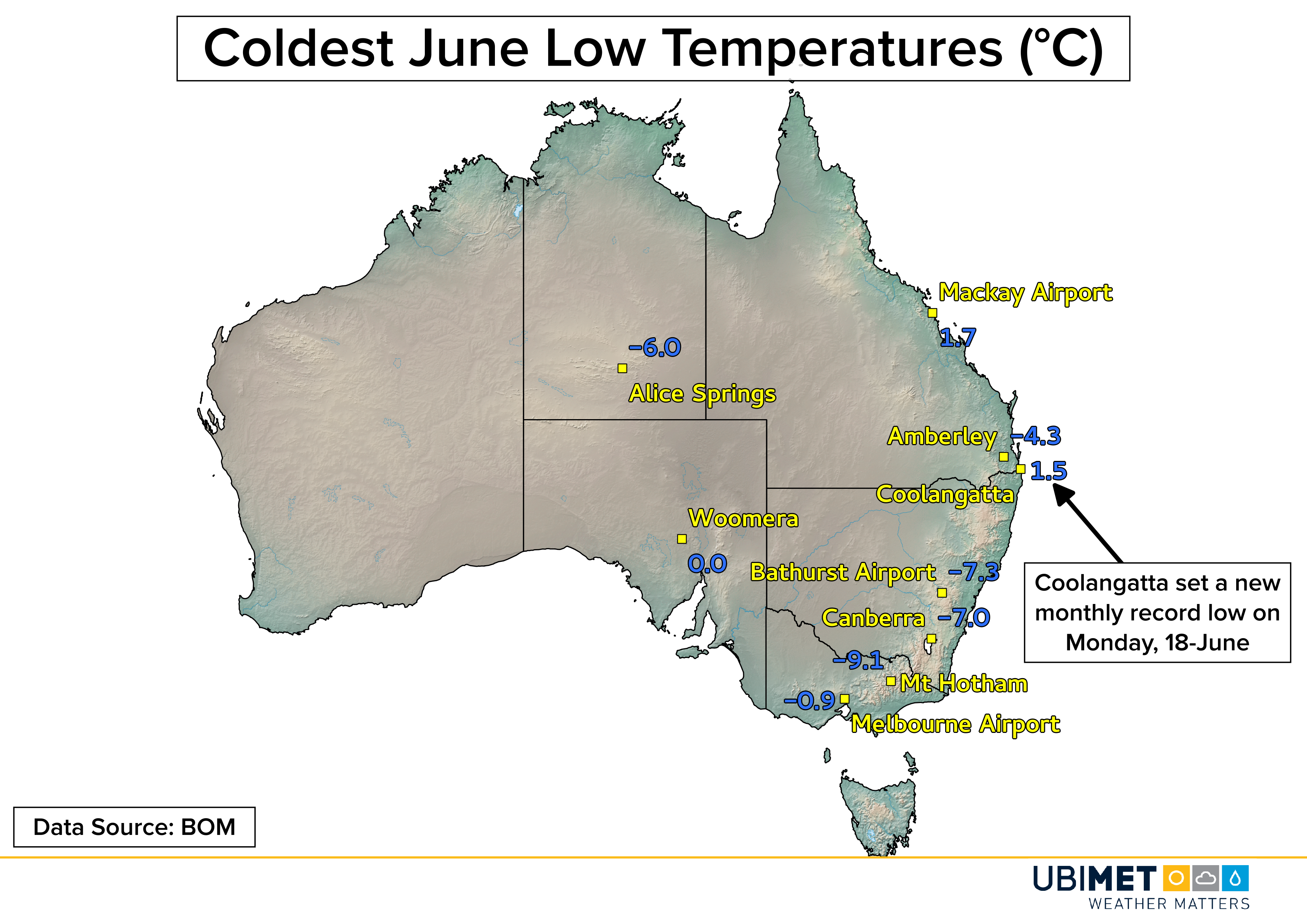
Across New South Wales and VIC, many communities away from the immediate coast saw temperatures drop to frosty and freezing levels. In Canberra, the recorded temperature fell as low as -4.7 Friday morning. Surrounding towns were even colder.
Canberra bike commuting in minus 6. Colder than a witch pic.twitter.com/GaYSUpfNmw
— Rob Taylor (@WSJRobTaylor) June 22, 2018
Even in the notoriously hot desert region of central Australia the overnight temperatures plunged below 0°C most nights. Alice Springs bottomed out at -3.7°C Tuesday morning. The below freezing temperatures made for some rare wintry-looking photos from the desert.
You might not believe it, but this was snapped in Alice Springs yesterday! ❄
Central Australia had their coldest day since 2016, hitting -3.7 degrees.
📸 Maree Hayes pic.twitter.com/0intu0w7oL
— Peggy H Fellows (@PeggyHHenson) June 22, 2018
For some more detailed statistics on the recent cold stretch of weather, check out the table below.
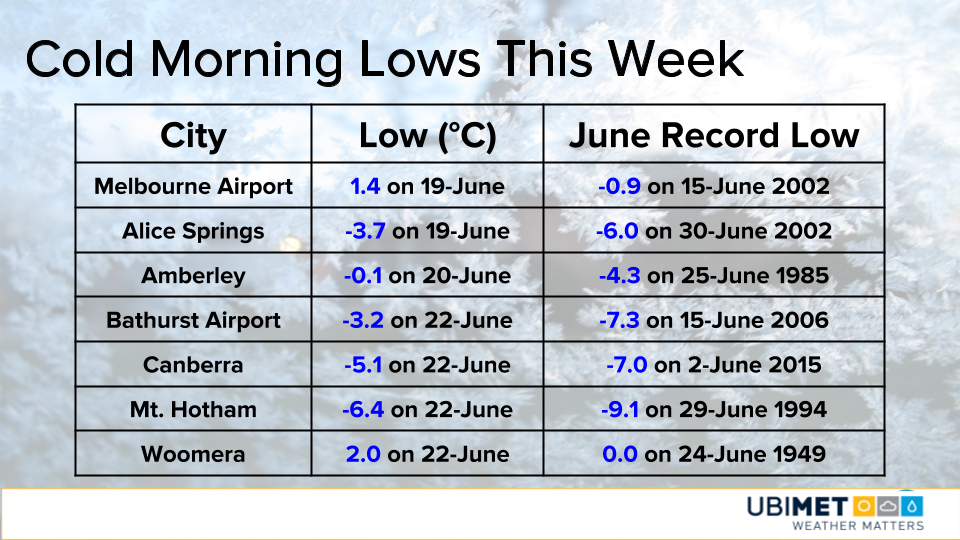
Temperatures this weekend are expected to still tilt below average for most locations in southeast Australia. This is due to a cold front crossing TAS and bringing in a fresh air mass from the south.

